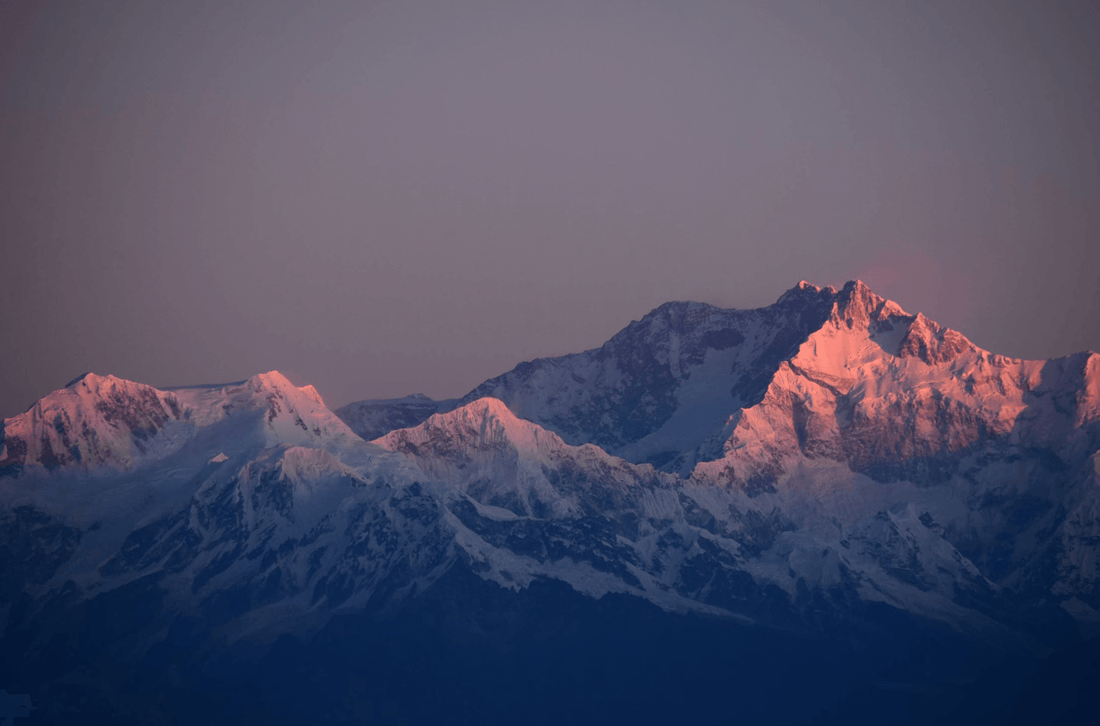Some prefer to lie in the sun by the sea all year round, while others are often drawn to the mountains. In Switzerland we enjoy a wonderful mountain world that attracts people from all over the world. How and when did mountains come into being and why do they need to be protected?
Some prefer to lie in the sun by the sea all year round, while others are often drawn to the mountains. In Switzerland we enjoy a wonderful mountain world that attracts people from all over the world. How and when did mountains come into being and why do they need to be protected?
Mountains - that doesn't only make Swiss hearts beat faster. People from all over the world are drawn to the mountains, whether for local recreation, sport or even extreme achievements such as climbing the eight-thousanders in the Himalayas. Since mountains conveniently stand around the world and reach different heights, the mountains offer a place for all mountain lovers to feel at home.
But how did they come into being, the mountains we love so much? And since when have they existed?
Mountains defined: not so easy
If you try to find a definition of the term "mountain", you won't find much. We can all distinguish between mountains and hills at a glance, but can we put it into words? Well, a mountain can be a bit more substantial than a hill. High, steep, clearly perceptible, it stands out from the landscape. Several mountains that belong together geologically are then a veritable mountain range. To put it in a nutshell: Tuscany has hills. Switzerland has mountains and even mountain ranges - and the Netherlands neither.
Since when have there been mountains on our earth?
Our Alps were formed 130 million years ago. The surface of the earth is in constant motion, and the plates that support the continents float on the hot lava of the earth's core. The African continental plate is constantly drifting northwards. It has literally folded up the surface of the earth through its pressure when it meets the European plate. This is hard granite rock, but with enough pressure it is possible. The forces at work here are unimaginable to us. That's why the summit of the Matterhorn, to give an example, is actually an African immigrant. Geologically speaking, anyway.
This is how mountains are formed
Mountains are thus formed by so-called continental drift - but also by volcanic activity. A volcano is, to a certain extent, a yielding point where the pressure inside the earth seeks a valve and drives hot lava and pumice to the surface. This also tends to happen where continental plates meet. The Pacific "ring of fire" of volcanic elevations is well known. But volcanoes can also erupt in places where the earth's crust moves only slightly.
In summary, it can be said that there are mountains everywhere where the earth's crust was or still is in motion. This applies to South America just as much as to the Himalayas - because India is rammed into the Asian continent, as it were. Large, unbroken continental surfaces, on the other hand, favour the lowlands, such as the Siberian steppe or the Gobi Desert, but also extensive plains in North America.
Fauna and flora in the mountains
Now they are here, the mountains, and they have a significant influence on us humans, the animal world and the climate. Mountains are so-called weather divides. Due to their height alone, they influence the air currents in their surroundings and cause clouds to rain down over them. The resulting moisture is deposited as rain or snow, depending on the latitude. Mountains favour glacier formation, rainforests and cloud forests. Special fauna and flora settle on their slopes.
This is what makes them so attractive to people - many people climb the mountain peaks and enjoy the unique view. Others claim the mountains for winter or summer sports or observe the diverse flora and fauna. Thus, the mountains offer a cleansing oasis for all.
The mountain ecosystem needs protection
Of course, this also means that the mountain ecosystem suffers from the onslaught of the ever-growing number of visitors. One example is the Himalayas, where the locals carry incredible amounts of rubbish down to the valley every year, which the visitors leave behind. The cutting down of forests for ever new ski slopes in the Alps is also not good for the mountains. Less is certainly more in this case. If we want to continue to enjoy and preserve the diversity of our mountains, we should do so carefully and with due respect for nature.























1 comment
how long for 100mg viagra to work viagra online canadian pharmacy thuoc viagra
gia bao nhieu tien